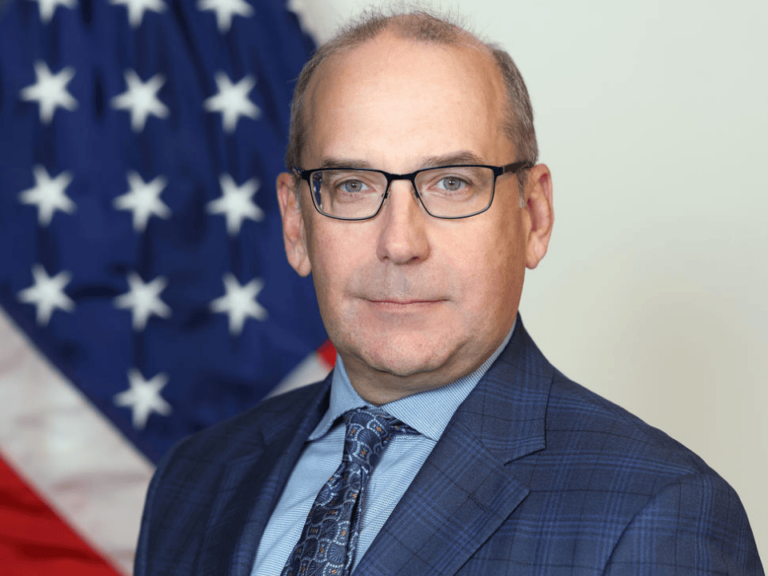Starting in 2008, I worked closely with Peter Phillips to establish the Children’s Brain Tumor Tissue Consortium designed to generate a biorepository of rare biospecimens, with associated clinical information and genomic data, that could be shared with the research community.
To access this subscriber-only content please log in or subscribe.
If your institution has a site license, log in with IP-login or register for a sponsored account.*
*Not all site licenses are enrolled in sponsored accounts.
Login Subscribe
If your institution has a site license, log in with IP-login or register for a sponsored account.*
*Not all site licenses are enrolled in sponsored accounts.
Login Subscribe











